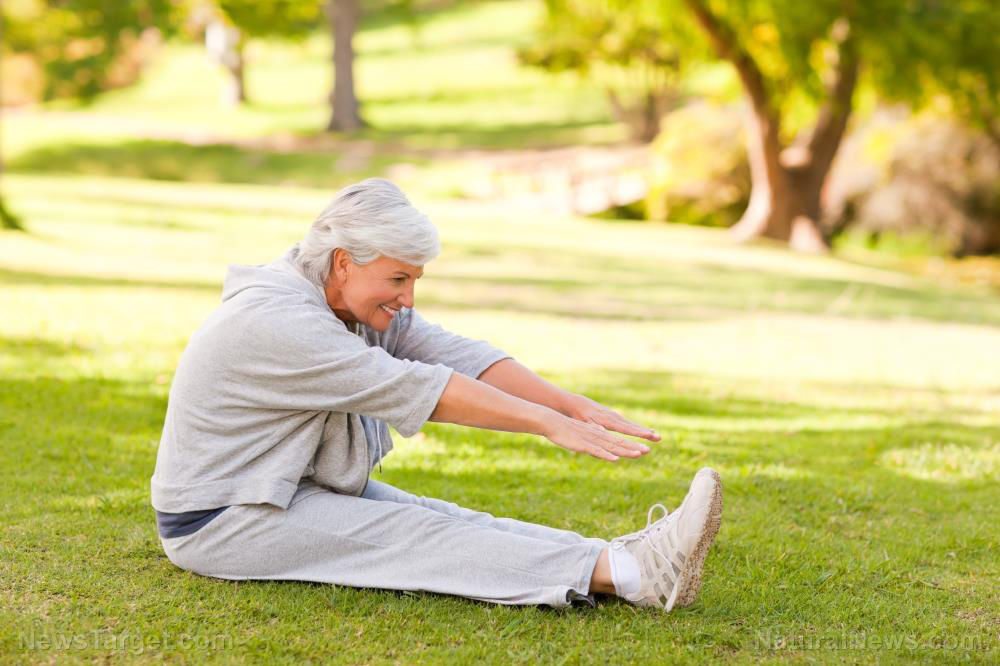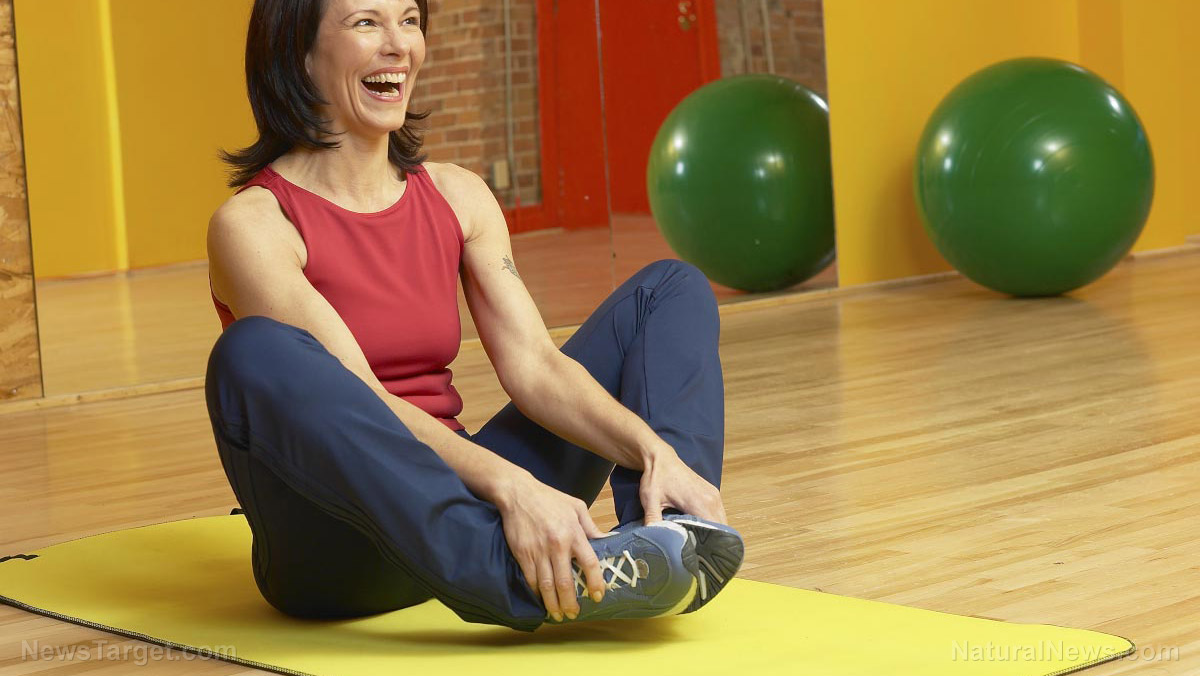Exercise is the most powerful lifestyle medicine that prevents the development of multiple chronic diseases
08/28/2018 / By RJ Jhonson

A lot has been said about exercise. Studies have confirmed its many health benefits. One of the many aspects of exercise that needs constant emphasis is that it does more than just help build muscle; it also helps protect from various long-term degenerative conditions.
One of the best examples of conditions that exercise protects against is Alzheimer’s disease. This neurodegenerative condition is just one of several diseases that are collectively classified as dementia. Although its signs usually manifest as a person approaches the senior years, factors like one’s prior diet and physical activity can have an impact on the risks of developing the disease.
The ability of exercise to curb the risk of Alzheimer’s is well-documented. In one study, researchers followed up on 600 elderly women after six to eight years and found that those who walked the most had the least likelihood of experiencing cognitive decline.
Another large study on older women confirmed these findings, indicating that higher levels of long-term regular exercise can not only mitigate cognitive decline but also improve overall cognitive function. According to the researchers, those who exercise regularly are seemingly three years younger than their actual age.
But even among those who already have the disease, physical activities never stop offering brain-boosting benefits. In a study that involved patients diagnosed with early stages of Alzheimer’s, those who lived an active life performed better than their sedentary peers in cognitive tests. In fact, those who walked at least two hours every week demonstrated significantly improved scores in the said tests.
But while most forms of exercise are good for the brain, they are not all equally so. Some provide benefits that others don’t and may be more appropriate for people with different targets or needs. Psychology Today recommends these exercise tips for optimal brain health and function:
- Consistent vigorous exercise – How much exercise is enough? Ideally, one needs to spend between 20 and 30 minutes on physical activity, four to five times in a week. One’s heart rate need not be monitored, but the exercise must be intense enough that it’s impossible to carry on a conversation midway.
- Constant natural movement – Ideally, a particular time window must be allotted to exercise in a day. The best way to do this is to incorporate exercise into daily life. It doesn’t have to be hard either – it may be as simple as getting up from a chair and walking a little or climbing up and down some stairs. Keeping one’s movements as natural as possible is key.
- Emphasis on leg strength – The largest muscles in the body are found in the legs. Working on these muscles improves blood flow to the brain, ensuring that this organ is supplied with the oxygen and nutrients it needs to function and be free from diseases. In a study conducted on twins, researchers found that after 12 years, those who had greater leg strength were more likely to have bigger and more active brains.
Chronic diseases and exercise
Having a chronic disease should never discourage anyone from exercising. Different health conditions may require a specific regimen, so it’s best to ask one’s healthcare specialist for recommendations. Here are other chronic conditions improved by regular exercise:
- Heart disease – Interval training is tolerated well by people with heart conditions. Regular exercise does a lot for heart health, including lowering one’s blood pressure, reducing the effects of bad cholesterol, and mitigating the risk for blood vessel blockage that can cause strokes and heart attacks.
- Diabetes – Physical activity improves a person’s sensitivity to insulin, reducing the spikes in blood sugar that characterize the disease. Exercise also aids in weight control.
- Asthma – Regular exercise can help regulate both the frequency and severity of asthma attacks.
- Arthritis – Exercise not only improves muscle strength and reduces joint stiffness, it can also relieve aches through its natural pain-relieving effects.
Learn more about how the brain can benefit from exercise at Brain.news.
Sources include:
Tagged Under: Alzheimer's disease, arthritis, asthma, brain health, chronic disease, cognitive decline, cognitive health, diabetes, disease treatments, exercise, fitness, longevity, mental health, mind body science, natural remedies, neurodegenerative disease, physical activity, prevent disease, slender



















